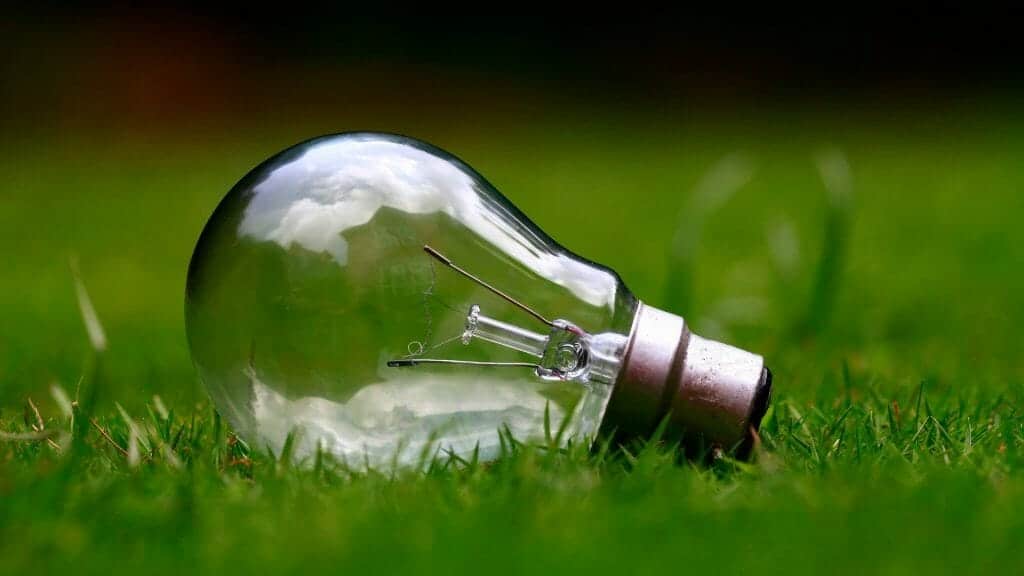“The time is past when humankind thought it could selfishly draw on exhaustible resources. We know now the world is not a commodity” – François Hollande. Indeed, we live in a world in which climate change is the “talk of the day”. There are numerous scientific reasons why it is happening. To simplify it, one should only look at the countries’ daily energy sources. How do they power themselves? Without going into details, the world’s governing energy sources in 2017 were oil, gas and coal. Not surprisingly enough, these three sources happen to be the easiest to extract and the most efficient to use. (They have the highest energy densities are oil, coal and gas, respectively).
Large consumers, aware of the detrimental effects (i.e., CO2 emissions) of these energy sources, are looking at alternatives to be able to phase out some of them (i.e., China is looking today at a phase-out plan by 2040 of all of its coal production – while knowing they will keep importing coal from Australia or Indonesia as it happens to be cheaper than the actual extraction from Chinese lands).
What you should know about “climate change” regarding scientific innovations
Causes of climate change & the importance of scientific innovations
What are the causes of climate change? To answer that question, one needs to understand the world’s energy production history. The cause of global warming is certain types of gases, called greenhouse gases (or GHG). They contribute to what is known as the greenhouse effect (i.e., Carbon Dioxide, Methane, Nitrous Oxide and Fluorinated gases). It is those gases, which are by-products of human activities (i.e., Agricultural, Industrial, Transportation). They trap the heat that is usually radiated from Earth towards space, heating, therefore, the planet.
Therefore, our problem is now clear. GHG emissions emerging mainly from the industrialization of our world are leading the global warming phenomena. Most of those gases originate from electricity, transportation and industrial activities.
Scientific innovations and renewables energies
So, what is the solution? Is it renewables? When looking at renewables (especially wind and solar), we could start by looking at the energy density contained within the available technologies and how they compare to oil, coal & gas; can something such as the existing renewable energies available get close to them? Is there any way to improve the efficiency of such technologies? If not, can we guarantee large investments to equal the energy density produced by the harmful energy sources consumed? Would we be able to reach a point where no harm to the environment is made when producing energy? Table 1 below illustrates the energy density of different energy sources.

Source: Drexel University, Department of Mechanical Engineering
Without even going through calculations, one could see the huge efficiency of oil, gas and coal, and how difficult it would be to detach ourselves from their use. By only looking at these figures, one would also understand how little renewable energy can do to help today. However, cleantech could intervene to increase the energy extracted from these sources. Thus, it would make them a bit more competitive against the traditional ones.
The importance of innovation in renewable energies
Innovation drives competition in renewable energies, making them become more cost-efficient and therefore more popular amongst users. For the past couple of years, China has been the leader in innovation. The country has been able to provide global players with low-cost technologies, accelerating their adoptions. Therefore it increased their capacity worldwide. For example, PV cells saw a 90% decrease in its price between 2010 and 2018, leading to an LCOE decline of 77% (IRENA 2019).
Moreover, the share of renewables in total electricity generation has to increase to 85% by 2050 to stay in line with the Paris Agreements objectives. This means that wind and solar capacity needs to increase from 900 GW to 13,000 GW, accounting for a total of 60% of electricity generated (IRENA 2019). To sum up, we would need to triple the additions of wind capacity and double the ones of solar PV from their initial levels set in 2017 (IRENA 2019). This can therefore only be completed through innovation, leading to a better cost structure and a faster adoption rate.
Relevant examples you should use to talk about scientific innovations and climate change
Scientific innovations – a focus on cleantech
Cleantech, short for clean technologies, is defined by cleantech.org. It is “often used interchangeably with the term Greentech, [and] has emerged as an umbrella term encompassing the investment asset class, technology, and business sectors which include clean energy, environmental, and sustainable or green, products and services”. Moreover, cleantech is not limited to technologies; they reflect an attitude and a way of life that bring stakeholders to live while preserving natural resources.
Cleantech is a large, fast-growing industry that covers multiple sectors such as energy and power, transportation, water and waste management, agriculture and biofuels. As already mentioned, the cleantech industry represents a diverse range of products, services & processes, in other words, new technologies, developed for three purposes.
- Ensure a better performance at lower costs
- Eradicating negative ecological impact
- Refining the constructive and reliable use of our world’s natural resources.
Example of a cleantech company – Raptor Maps
Raptor Maps’ AI software is used to help solar panels’ farm owners convert drone and asset data into useful, highly valued reports. Raptor Solar(tm) is an AI-enabled software solution that processes thermal and colour images generated from manned aircraft & drones. In a nutshell, they monitor and discover anomalies affecting their solar farms’ energy production level.
The firm offers software that builds geospatial and digital models of a certain PV system, along with its inspection and verification, commissioning, due diligence, and construction site progress monitoring. To do all of that, Raptor Maps’ clients use FLIR infrared camera. They analyze the data generated from their analysis through Raptor Maps’ software using machine learning and computer vision. Indeed, the company has a database of over 30 million modules.
As explained by Mr Ernst Sack, a partner at Blue Bear Capital (leader of the latest funding round led for Raptor Maps), users of Raptor Maps are using the firm’s analytics’ offering to increase each of its project’s revenues by around 2% and reduce the cost spent on maintenance and inspection by around 50%.
Only in 2019, the company was able to analyze over 25 million solar panels in more than 21 countries, generating over 6,000 MW. However, the company is growing rapidly. They were able to analyze over 31 million solar panels in 27 countries and generating over 15,000 MW.
How to use these examples during your exam?
Indeed, scientific technologies also try to help people who are incapable of changing their lifestyle but are willing to fend off climate change. Indeed, the heavy decrease in physical products’ sales (CDs) would mean that artists need to rely further on live concerts to sustain themselves.
For example, Heidi Lenffer, a carbon-conscious artist, was more environmentally aware of his band’s upcoming tour as they were going to consume the equivalent of what one household consumes per year. Therefore, technology helped Lenffer fight climate change through a fully operational platform called FEAT that helped both him and his colleagues invest and build their own solar farms. The first farm developed would not only power the equivalent of 11,300 homes for 30 years, but it would also leave artists with a target return on investment of 5% per year.
Therefore, technology will come in handy to help artists offset their carbon emissions. However, these technologies, when refined and perfected, will only make such projects more appealing as they become more profitable (with a higher return on investment).
Conclusion
Some people may deny that climate change is happening. Still, the world is making efforts to reduce its carbon emissions through policy-making, R&D and investments in zero-carbon technologies. However, these efforts are not enough to prevent global warming and all the catastrophes that will follow. Our growing energy needs require higher use of the current energy sources, which in turn generate more carbon emissions. How do we get out of that vicious circle? You probably already know the answer to that, renewable energy sources.
Another question that comes to mind: What’s next? Thankfully, the way to go is neither black nor white, it is grey. What does this mean? It means countries must learn how to consume efficiently from a portfolio mix of multiple energy sources. Heavy investments must, therefore, be taken into account for several reasons; first, to build the necessary infrastructure and second, to completely disrupt the sector through technological innovations, making it, therefore, more efficient. Renewable energy sources are indeed carbon-free, but they also come with their own set of problems and that is why heavy investments are needed today.











